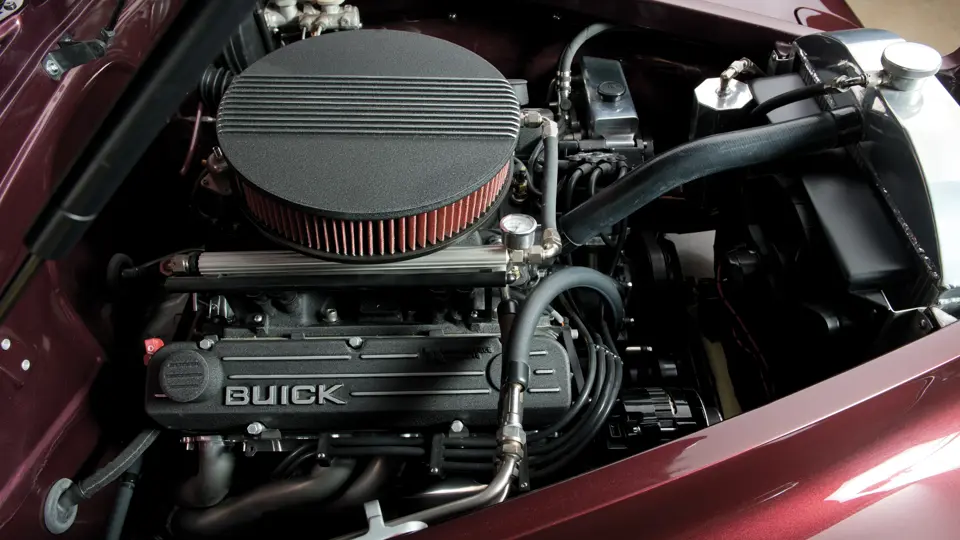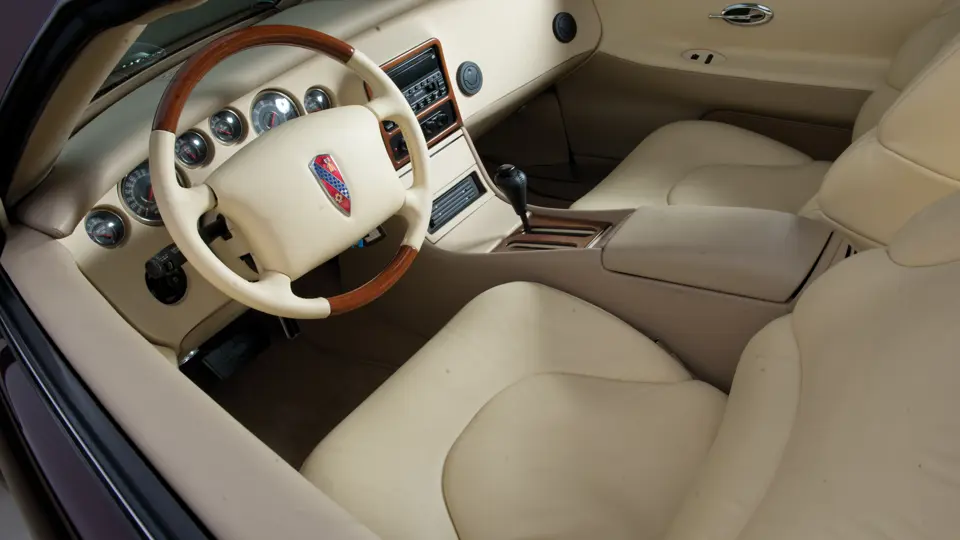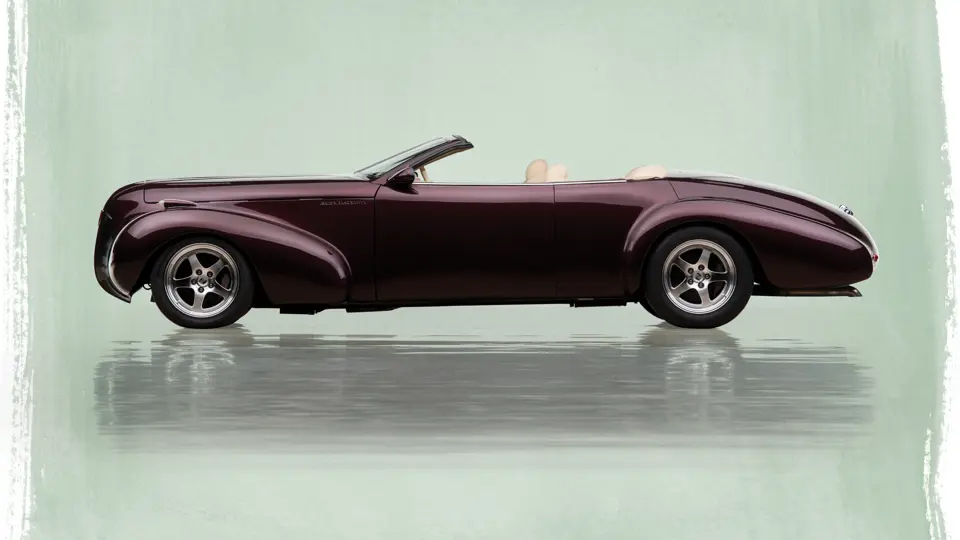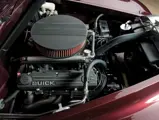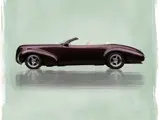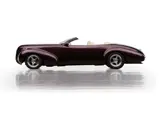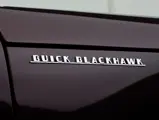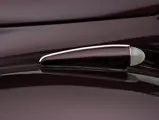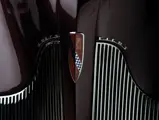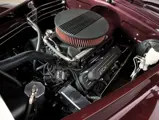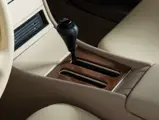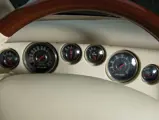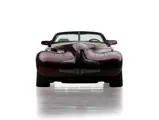
2000 Buick Blackhawk Factory Custom
{{lr.item.text}}
$363,000 USD | Sold
{{bidding.lot.reserveStatusFormatted}}
- The “factory custom” built for Buick to celebrate its centenary
- Built using the best components from 100 years of Buick
- One of the most famous modern GM show vehicles
- Acquired by Paul and Chris Andrews from the GM Heritage Collection
- “The modern Y-Job”
463 bhp, 455 cu. in. OHV GS Stage III V-8 engine with fuel injection, four-speed electronically controlled automatic transmission, four-wheel independent suspension, and four-wheel disc brakes. Wheelbase: 129 in.
If you’re talking about customized cars, the Blackhawk is the ultimate expression of Buick.
- Michael E. Doble, Buick Special Vehicles Manager, 2003
In 1938, Harley Earl virtually created a modern concept vehicle that was based on his original “dream car,” resulting in the so-called Y-Job, which was a one-off rolling laboratory of new design and engineering ideas that he famously used as a daily driver. The Y-Job’s styling and mechanical ideas would influence two generations of GM products, but it is worth noting that this car was badged as a Buick, which was something that Buick designers never really forgot, as, over the years, they would return again and again to this special vehicle for design inspiration.
Fast forward to 2000. Buick was preparing to celebrate its 100th anniversary in 2003, and the company’s designers looked for an appropriate way to do so. It was eventually decided to build a modern custom car, just as a “customizer” from Detroit would do for the Woodward Dream Cruise, but they would solely use the best production parts from 100 years of Buick. Actual construction of the vehicle would be farmed out to Advanced Automotive Technologies, of Rochester, Michigan, the firm that builds most of GM’s concept vehicles.
“NO, REALLY, IT’S A BUICK”
The car shown here is the result, and it was a tremendous success at auto shows across the country upon its introduction. This Buick, known as the Blackhawk, had a sensuously curvaceous body that was inspired by the 1941 and 1948 Roadmasters, and in keeping with the theme of a “custom,” the door handles were shaved and the curves were smoothed. The car features a split windshield, as correct for the 1940s, but in a modern touch, the glass panes are curved.
The 1939 Buick inspired the distinctive shape of the grille, with its thin vertical bars, while the car’s spiritual ancestor, the Y-Job, donated the ideas of hidden headlights and a retractable hardtop. In keeping with modern engineering, the hardtop’s retraction system was hand-fabricated, and the top itself was built of lightweight carbon fiber. The body was finished in rich, deep Black Cherry, and it housed an interior that was borrowed largely from the 1996 Riviera, one of Buick’s most heralded modern interior designs.
Underneath the bodywork was a custom chassis with a 1970 GS Stage III V-8 as its centerpiece. This engine could produce 463 brake horsepower and 510 foot-pounds of torque at 4,200 rpm, and it was mated to an electronically controlled four-speed automatic transmission. All that power was fed to five-spoke alloy wheels, which were wrapped in high-speed Z-rated tires.
The Blackhawk captured the attention of the automotive world in 2000, as it was the cover feature of the November 19, 2000, issue of Autoweek, which was amusingly headlined “No, Really, It’s a Buick,” and it made numerous auto show and promotional appearances across North America, including at the 2001 North American International Auto Show in Detroit. Eventually, it retired to the austere ranks of the General Motors Heritage Collection, and it remained a visitor favorite there until 2009, when it was sold to Paul and Chris Andrews.
As much as the Andrews’ love the Blackhawk, they are the first to admit that when purchased, it was very much a “show car, not a go car.” Their expert maintenance and restoration team, led by John Standifer, went over the Blackhawk from top to bottom, working out the bugs in its engineering and making it into a fully functional automobile that can actually be driven. It has been shown in its current ownership at the Amelia Island Concours d’Elegance in 2009, where it was reunited with designer Steve Pasteiner.
The car is accompanied by a book of photographs and promotional materials, including a brochure signed by Mr. Pasteiner, and it is, without exaggeration, the most important Buick of modern times. It was a figurehead that led to the brand’s current renaissance and which continues to embody the truth that…
“When Better Cars Are Built, Buick Will Build Them.”


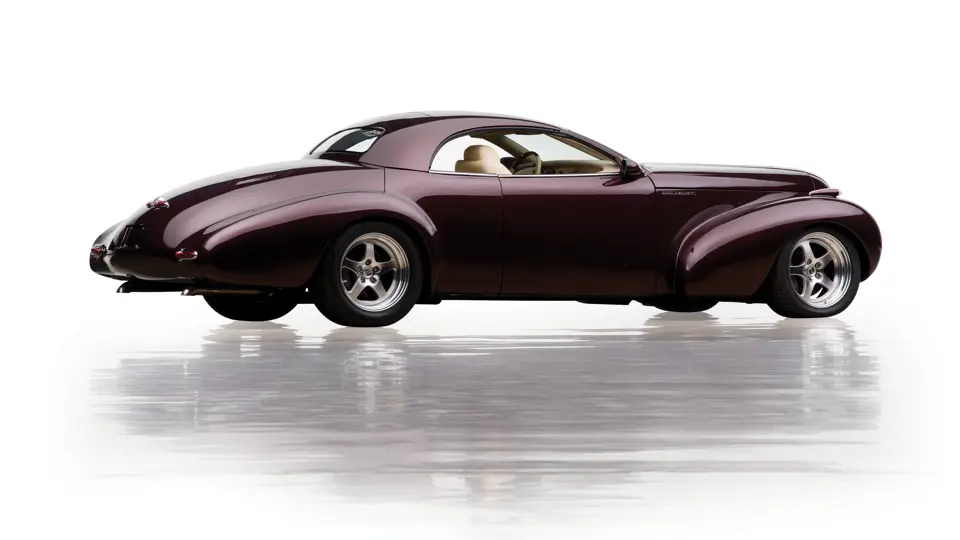

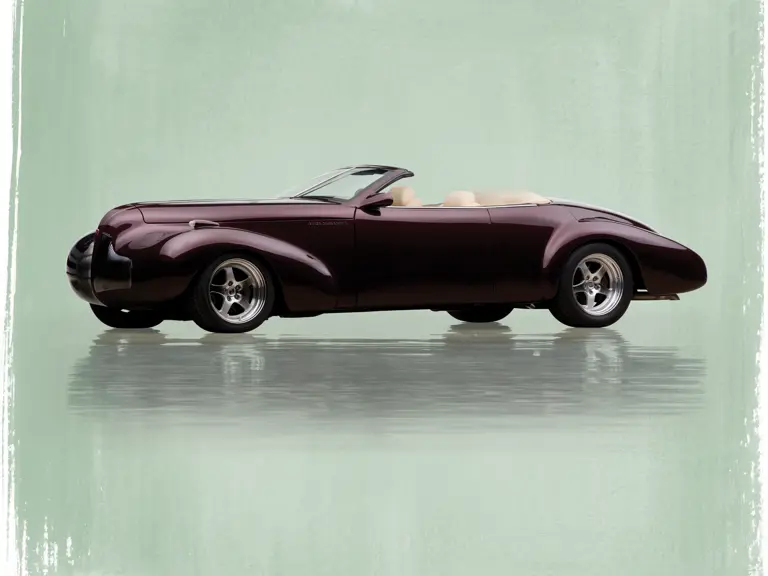
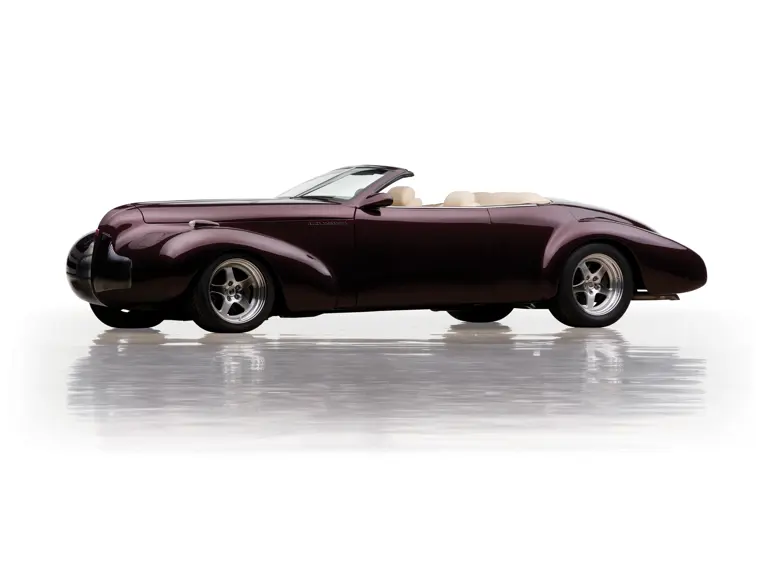
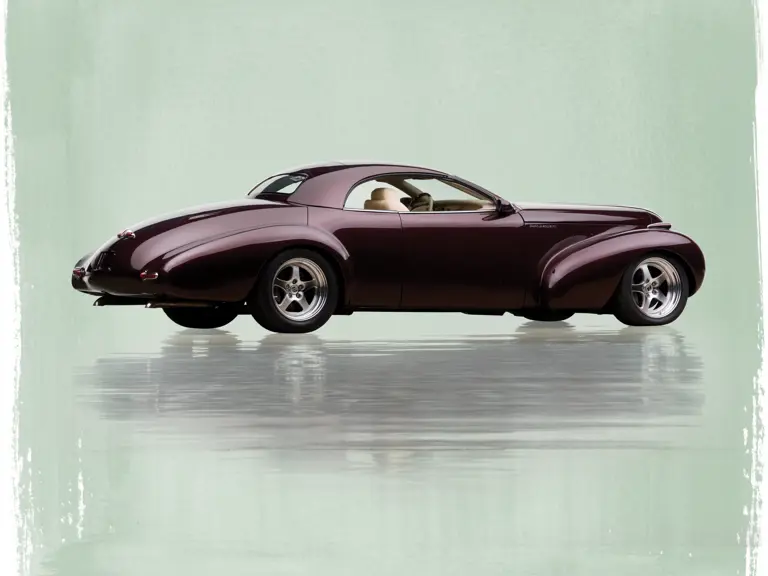
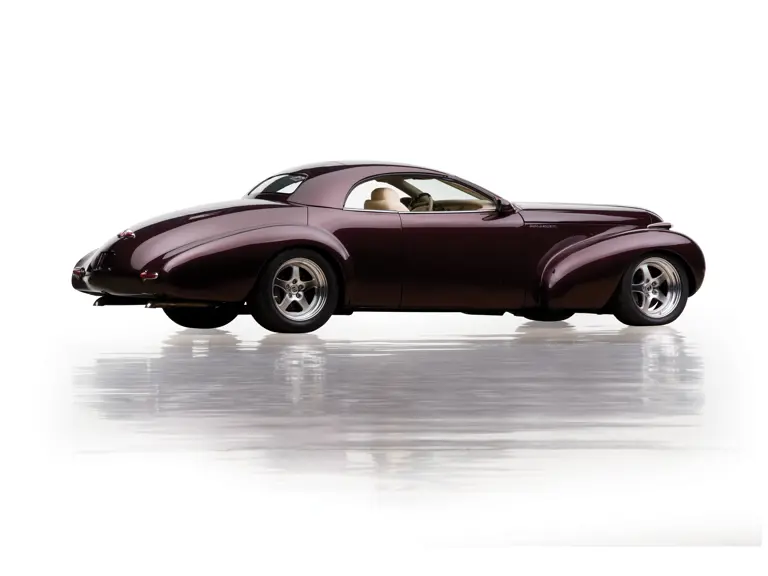
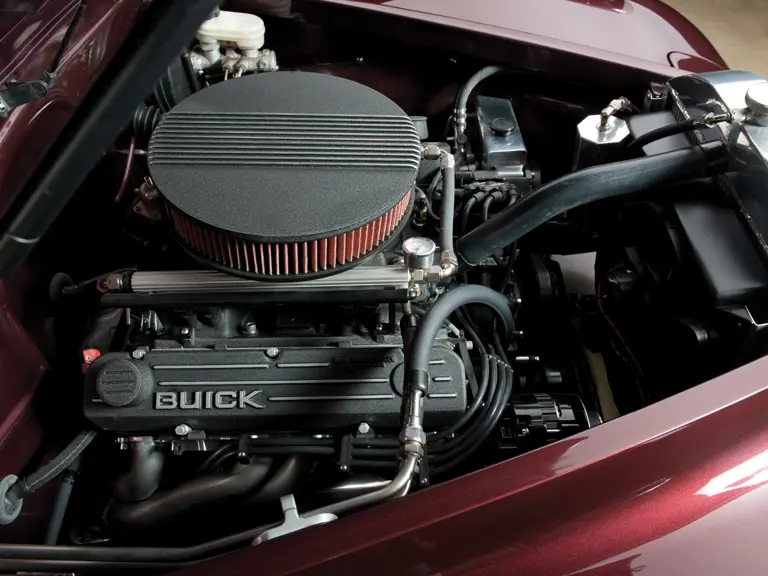
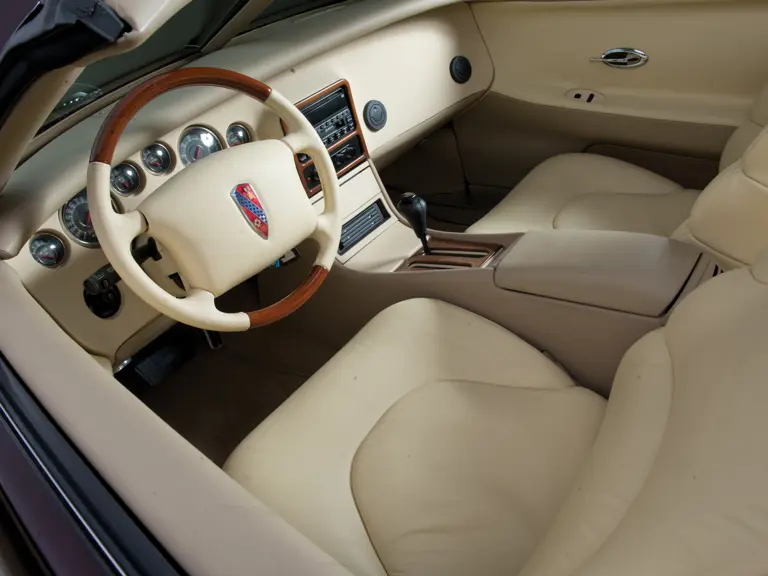
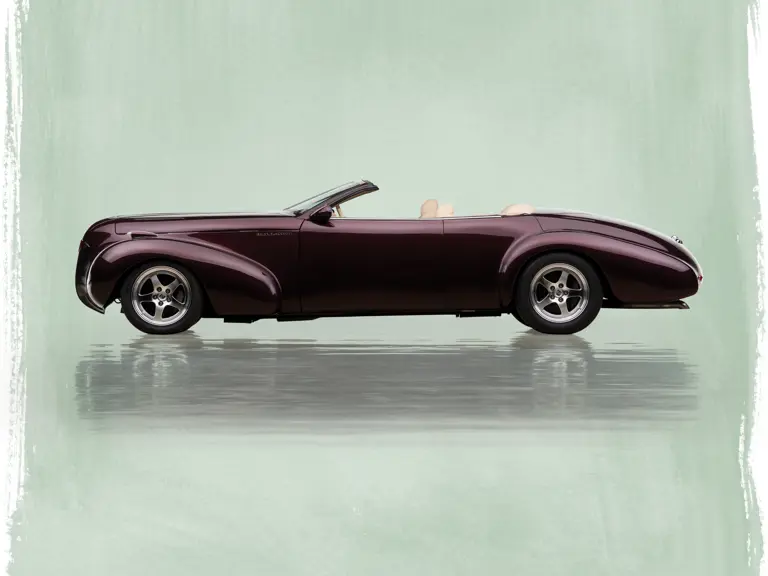
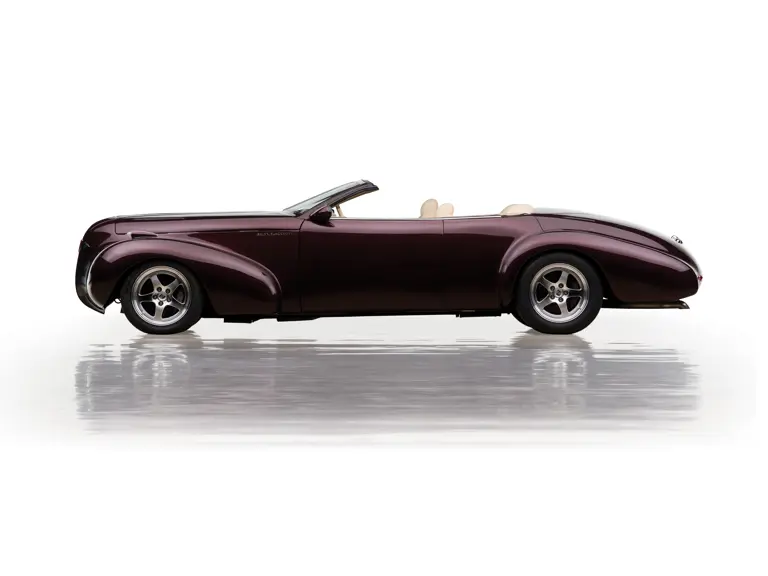

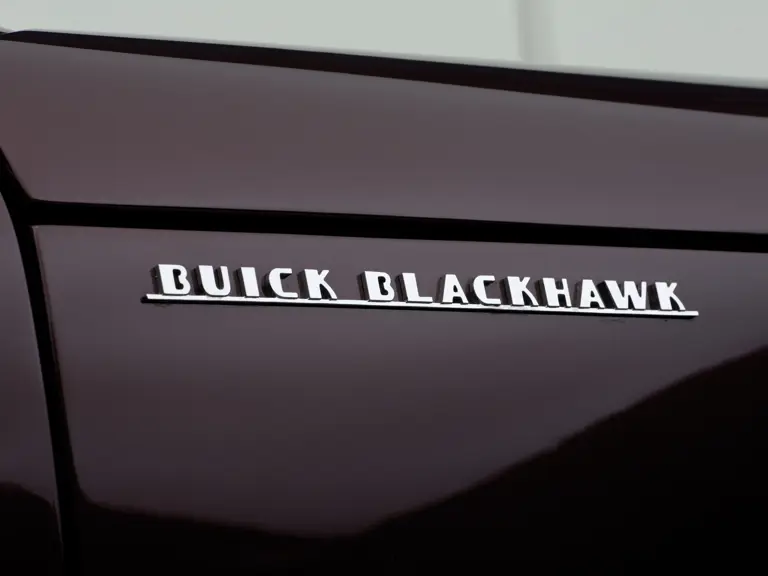
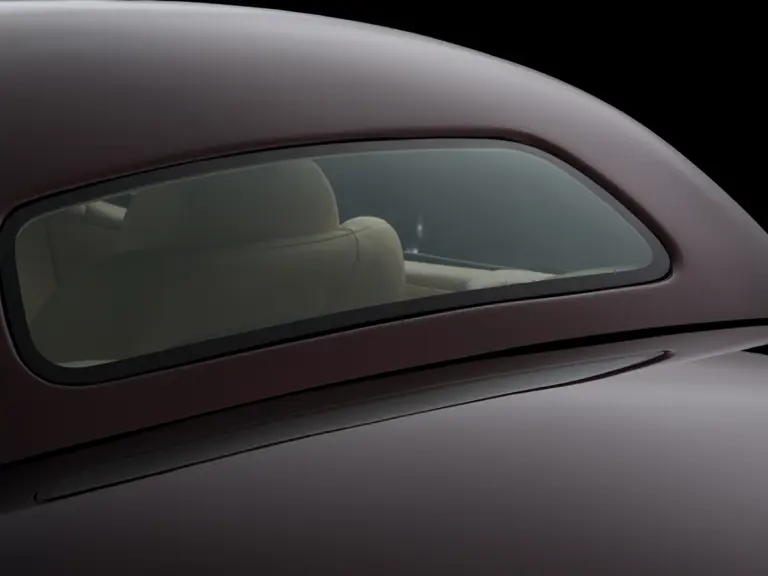


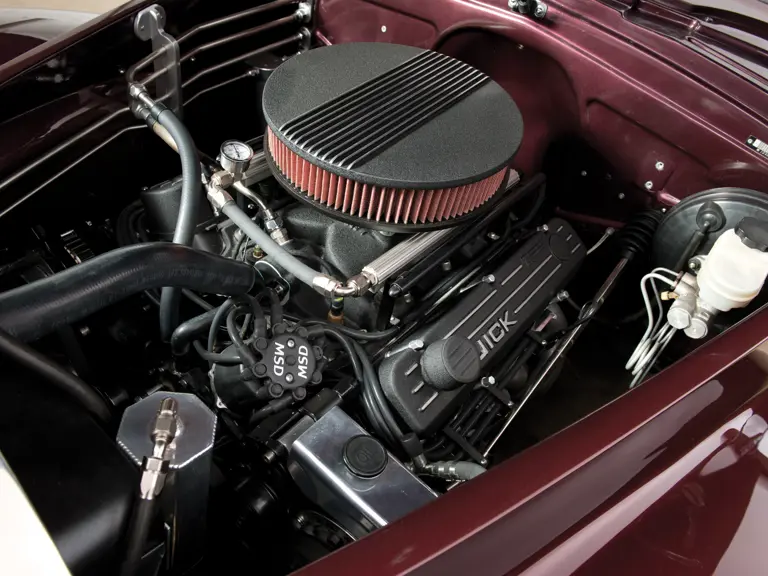
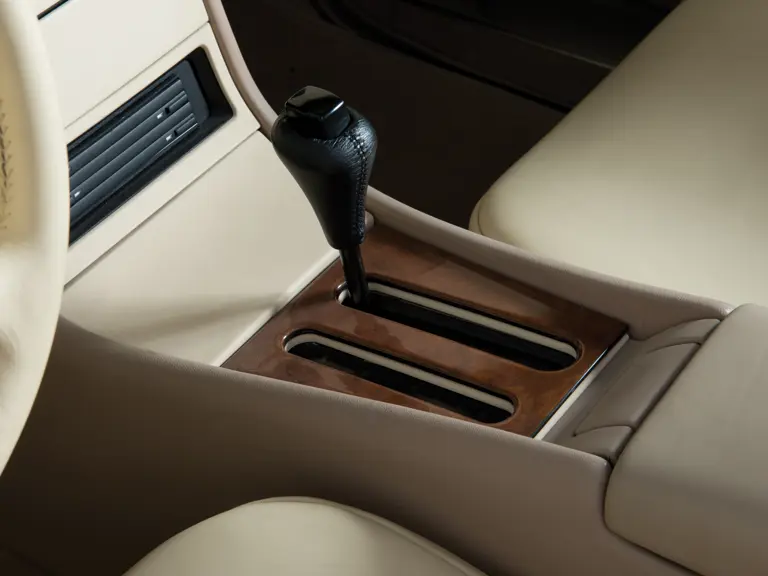
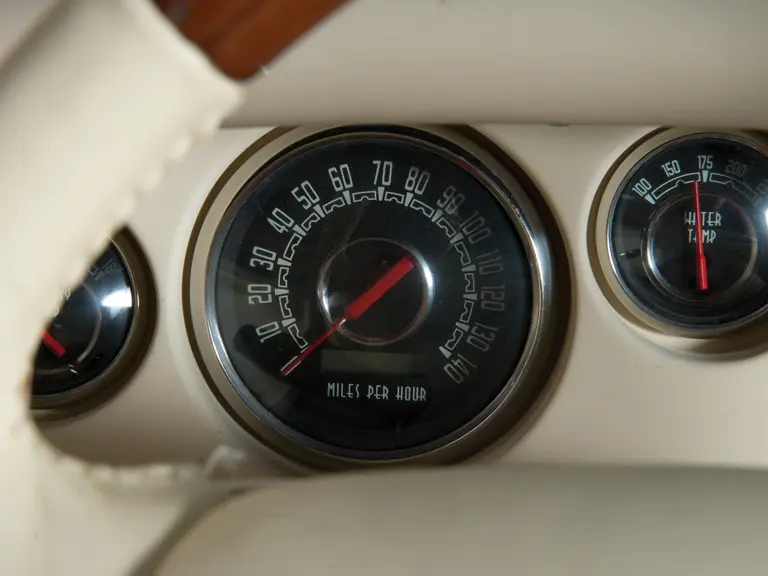

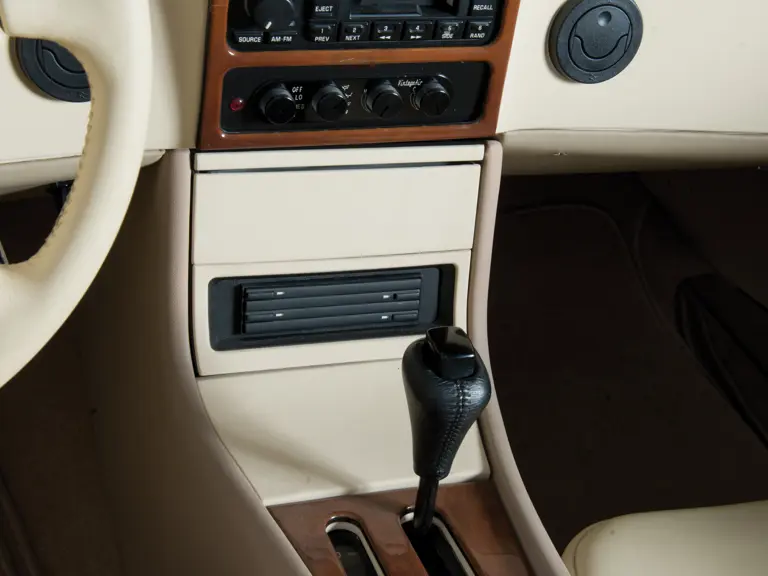
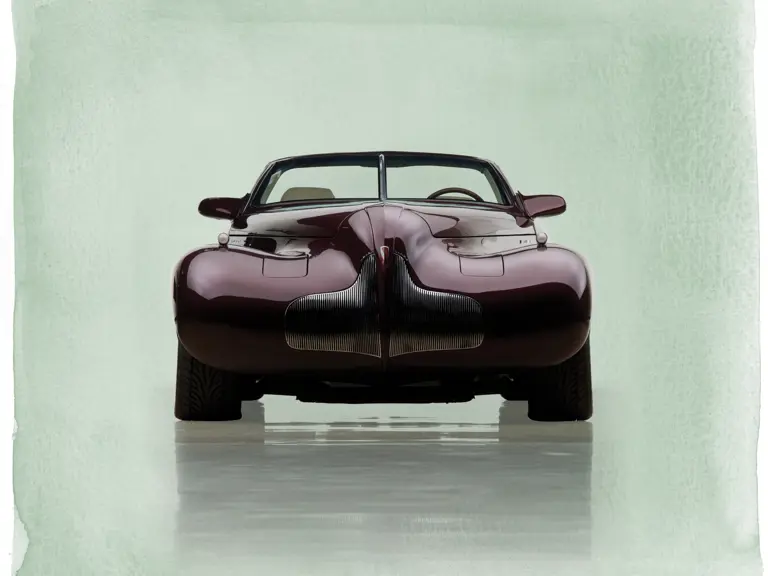
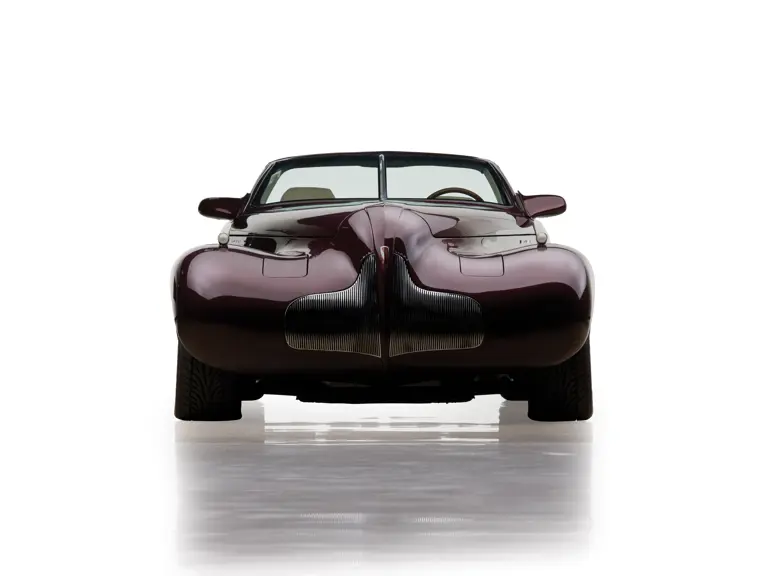
 | Fort Worth, Texas
| Fort Worth, Texas
